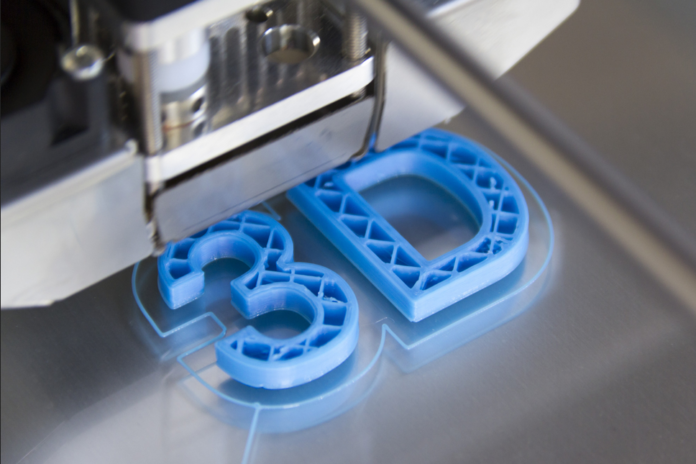If you own or work in an industrial environment, you probably encounter many objects that require 3D scanning. Objects may come into your facility and require an inspection to assess their value, or you may need to scan parts to bring them into production.
When most people think about 3D scanning, they probably associate it with Sci-Fi applications in the medical or entertainment industry. However, technology has vastly improved in the past decade. You may find that you or your team need a 3D scanner to enable your operations.
If you have questions about industrial 3D scanners, this article will answer them. Keep reading to learn about the different uses of an industrial 3d scanner.
1. 3D Scanning for Quality Control and Inspection
An industrial 3d laser scanner is effective quality control and inspection tool. It can quickly and accurately measure the dimensions of an object. This information can be used to verify that an object meets the specifications for its intended purpose.
There are many examples of when 3D scanning can be used for quality control or inspection. If a company is mass-producing a product, 3D scanning can be used to quickly and accurately check each item for defects. This can save a lot of time and money by ensuring that only perfect items are sent out to customers.
Additionally, 3D scanning can also be used to check the quality of raw materials or finished products before they are shipped to the customer. This can help to avoid any issues or complaints down the line. Ultimately, 3D scanning is a versatile tool that can be used in a variety of ways to ensure quality control and inspection.
2. 3D Scanning for Reverse Engineering
Scanning old products and machinery is key to re-manufacturing and understanding how the product was made in the first place. This data can be used to make a 3D virtual model of the object. Designers can then use this model to improve the product or make a new one altogether.
There are numerous reasons to use an industrial 3d laser scanner for reverse engineering examples. One could be by creating a 3D model of an existing product, it can be easier to identify design flaws and opportunities for improvement.
Additionally, reverse engineering can be used to create a new product that is compatible with or interchangeable with an existing product. Plus, 3D scanning can also be used to create a digital archive of an existing product, which can be useful for research and development or marketing purposes.
3. 3D Scanning for Virtual and Augmented Reality
An industrial 3d laser scanner can be used to create a 3D model of an object or environment, which can then be used in a virtual reality application. 3D scanning can also be used to create a 3D model of a person, which can then be used in an augmented reality application.
In healthcare, 3D scanning can be used to create a virtual model of a patient’s anatomy. This model can be used for preoperative planning, diagnosis, and treatment.
An intraoral scanner, for example, is used in dental applications to create digital models of teeth and jaws. These models can be used to create custom dental prosthetics, plan orthodontic treatment, and more.
Know the Many Uses of Industrial 3D Scanner
3D scanners have a wide range of applications in industry, from quality control to reverse engineering. Knowing the different ways that an industrial 3d scanner can be used can help you to choose the right scanner for your needs.
If you are here for more interesting content, visit our blog page.










